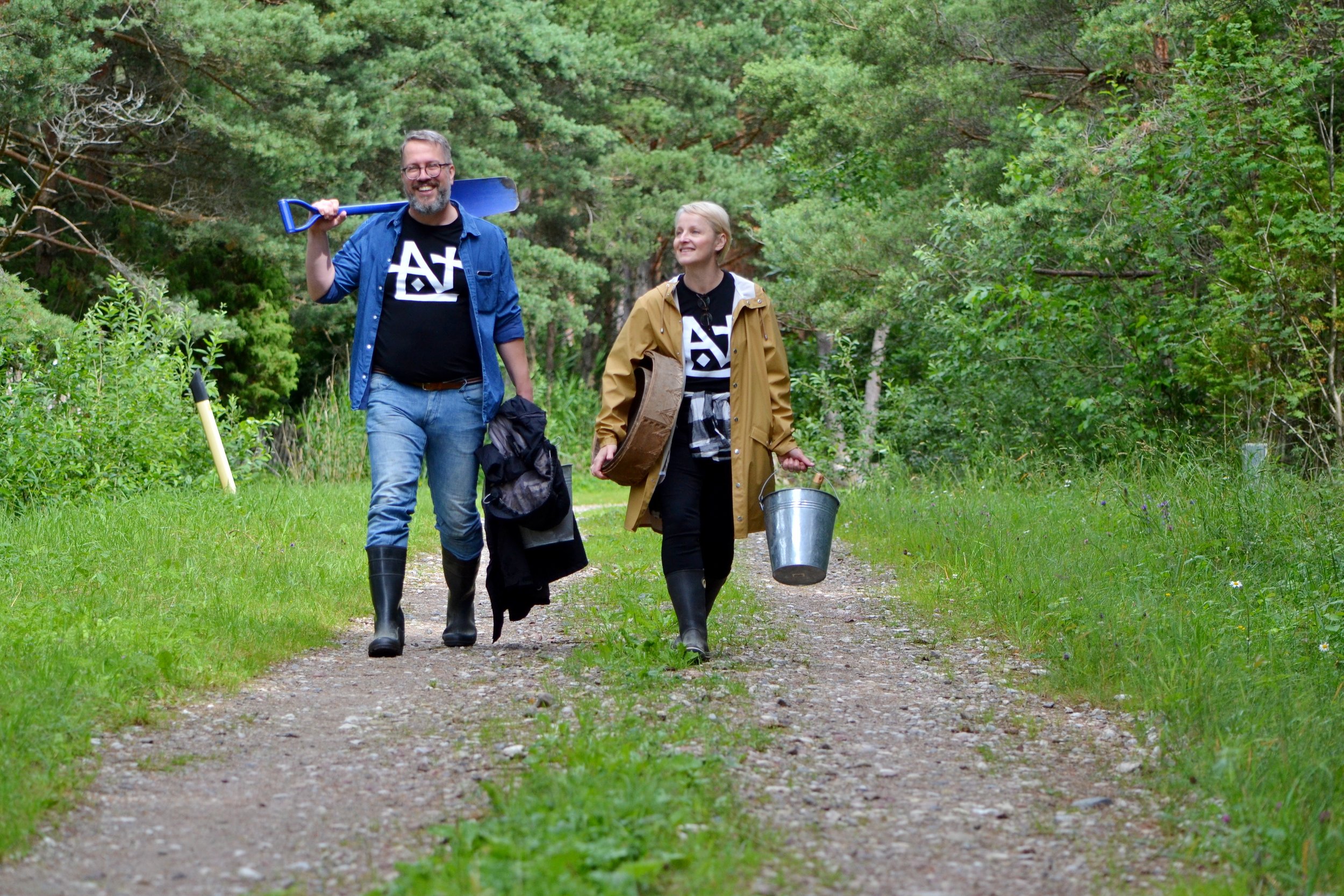When you try to compare 100 gins, many of them seem similar for a typical gin lover, but specialists see massive differences between them.
There are many similarities because the heart of all gins is the same - in essence, gin is a juniper-flavoured spirit. However, in addition to juniper, distillers use a wide variety of other botanicals to give their gin that unique taste.
Many gin makers import all their ingredients and claim they are combining the best herbs from all over the world.
At the same time, we can find most botanicals we need from around the home. We pick ourselves our juniper berries, birch leaves, wild thyme, lilac blossoms and several other herbs. In northern Europe, we could also use local fresh basil, rosemary, angelica, lemon verbena, blackcurrant leaf or rose petals.
Foraging in 2019 - Tarmo and Maarit are Heading to the nature to pick some herbs. Photo by Kristina Mägi












